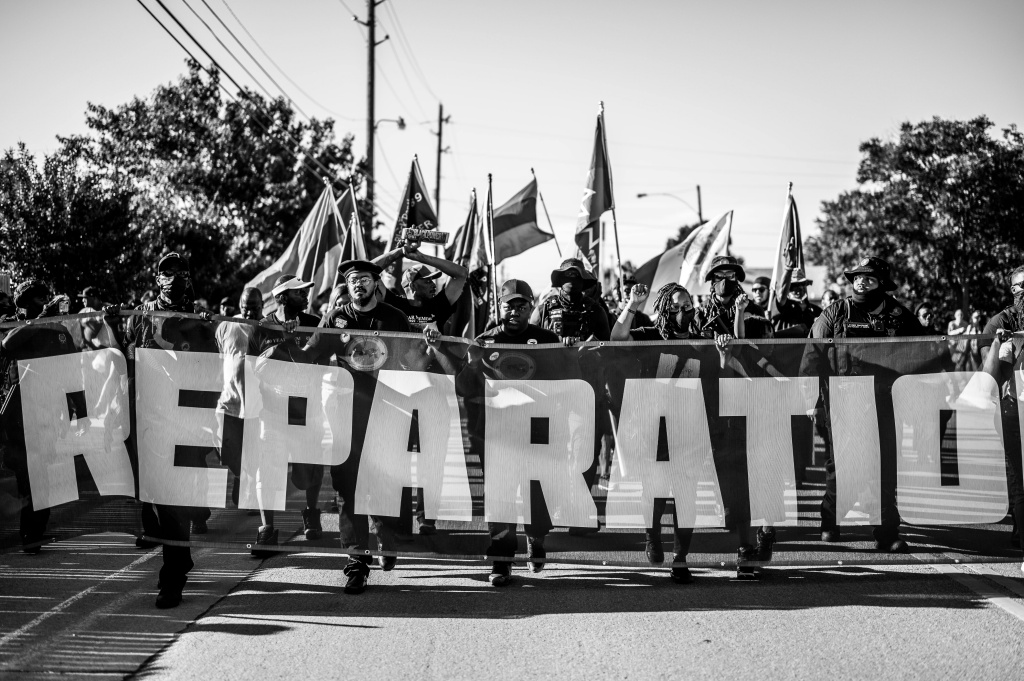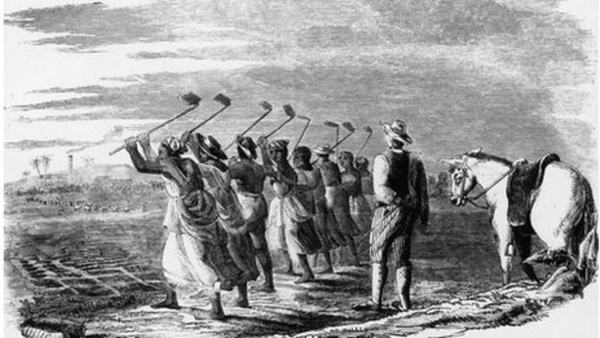I am sure you would remember this truism: “Beauty is in the eye of the Beholder!” I accepted this aphorism as a means of teaching that persons could have divergent views about the same incident.
Professor Richard Drayton at King’s College, London, in 2011, wrote: “History is not merely reflection; it is the business of speaking aloud to those who are alive and those to come about the past.
“Historians confront an intellectual and ethical dilemma […] when they write for the public. How we tell the story of the past is never an innocent business.”
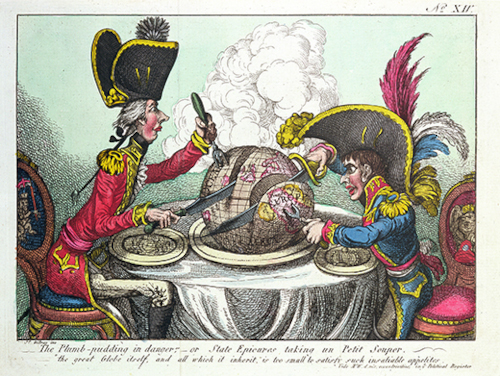
All the world could not satisfy the appetite of the British and the French crowns.
It is beneficial for us, as Trinidadians, to reflect on a survivor’s note on the Rwanda genocide: “Once you start seeing those who disagree with you as sub-human, and you use dehumanising language against them, the next step is violence against them.”
Deborah A Thomas, an American anthropologist (2011), in discussing violence in Jamaica, pointed out that:
“The problem with viewing violence as a cultural trait is that it presents the issue as one of innate brutality and savagery, whose roots are in […] culture [and] distracts attention from the socio-economic inequality and the lack of opportunities for decent work and living conditions, the everlasting structural adjustment that has marooned the impoverished out on a rickety limb—the systemic problems that contribute to violent solutions to social problems and need urgent attention.”

This frame of reference is critical to understanding how violence is wreaked on marginalised people and how they react.
Our celebration of Indian Arrival Day provides an opportunity for reflection on the violence wrought against those immigrants and the persistent struggle to control them. Professor Bridget Brereton (1981) noted: “The Indians entered […] an essentially hostile environment, and the host society became even less sympathetic as time went on…”
The new immigrants were caught between a rock and a hard place. The world offered shrinking options, and global capitalism was brutally enforcing its will.

(via Felix Morin)
To understand the pit in which these folk fell, one needs to understand and include the context of the 1857 Indian Rebellion, in which an estimated 800,000 persons lost their lives and retribution was imposed indiscriminately.
Though smaller in scale, the memory of the Morant Bay debacle in Jamaica and the 1763 Berbice Slave Uprising coloured the minds of the plantocracy in their dealings with the new arrivals. They wanted the labour but desired it on terms they dictated.
Tellingly, an 1871 British Parliamentary Committee explained: “The obligations of the slave are enforced by violence, while the obligations of the indentured labourer, like those of the free labourer, are only to be enforced by law and his rights he is invited and encouraged to defend.”
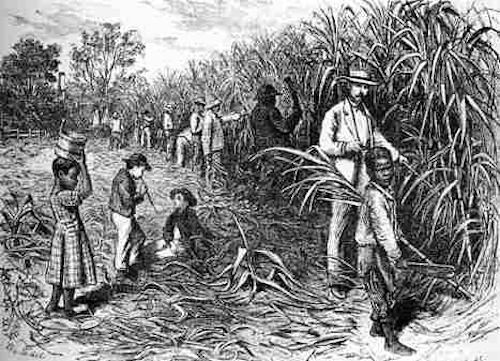
Gerad Tikasingh (2012) helpfully spells out the charade of the courts. The threat of court action was the overseer’s management technique.
The use of the courts by the plantocracy and the indentured labourers was unequal—indentured labourers brought 1.1% of all the cases lodged at the Couva court. The allegations were petty.
Tikasingh explains the root of what was deemed as “charges of assault and battery”. If there was resentment or slow reactions to demands made by the estate overseer, it could lead to behaviour that would end up in court.
He exposes the hypocrisy of charges of absenteeism and the way the law was used to control the workers.
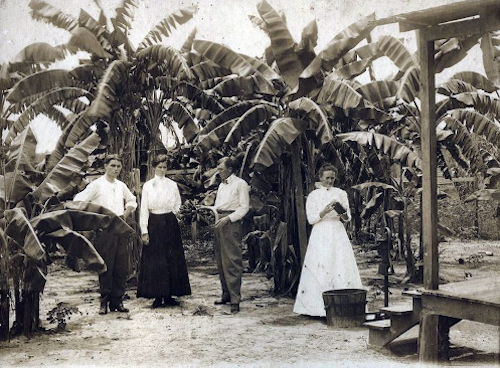
In the late 1840s, faced with an economic depression, the planters unilaterally reduced the agreed wages. The Governor knew but never disclosed, yet the indentured labourers were unfairly characterised as wanderers and unsuited to be recruited.
It took Governor Sir William Robinson, who came 15 years after, to acknowledge publicly that the planters had reduced the wages “to the lowest practicable point”. When these workers went on strike, they were listed as absent and taken to court.
The incestuous, unholy alliance between the Stipendiary Magistrates and the planter class is detailed in Auerbach’s (2023) tale about Guyana’s 1872 Devonshire Castle killings. The Indians knew their rights under the law, but the courts were dominated by persons with a vested interest in the plantation system.
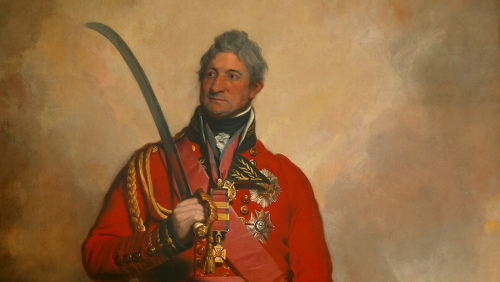
The conviction was eventually overturned as Picton argued that Trinidad was subject to Spanish law, which permitted the use of torture at the time.
In this case, which concerned the killings of workers, the police witness couched the events in the broader context of imperial disorder. The accounts hid the tension in overseer-worker relationships—instead opting for the characterisation that outside forces riled up the workers, who were potentially violent rebels from their very first encounter with colonial authorities.
The dice were loaded. The same story plot was executed in Trinidad.
The 1880s were a time of unrest. In 1881, at the Cedar Hill estate, a labour eruption resulted in the overseer being injured. The authorities were jittery.
They viewed the increase in the Indian population as a potential source of unrest. They already had the experience of the 1882 Canboulay Riots, where Captain Arthur Baker attempted to quiet the crowds and ended up being beaten.
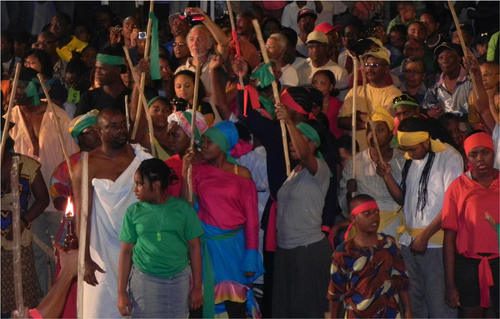
(Copyright Ministry of Community Development)
The 1884 Hosay Riots is a classic case of deflection and raw power being inflicted on a minority. The official response was intended to squelch any collaboration between the Africans and the East Indians.
The fallout from the 1882 Canboulay Riots (note the characterisation of both these events as “Riots”) triggered action against the Muslim community’s peaceful longing to fulfil their religious desires. This action was prompted by the desire of the plantation owners to protect their economic interests, and they now saw the Indians as being defiant towards “law and constituted authority”.
The Black pan boilers, and Hindu adherents, customarily participated in the Hosay celebrations, which usually attracted widespread interest. The infamous Captain Arthur Wybrow Baker, feared by the lower classes for his no-nonsense, zero-tolerance approach to disorder and his quickness to use force to suppress, came to San Fernando to do the dirty deed.

He needed to show that he was in charge of the situation and that no dissent would be tolerated. Again, the Colonial Secretary, the ultimate administrator, refused to see the reasonableness of the requests of the Muslim workers. The participants in the parade were shot at, and several died.
After 1884, the Black estate workers and non-estate Indians were debarred from the celebrations. In 1885 and 1886, the Blacks were fined for defying the orders. The reason? If the Blacks were allowed to participate, “there was no knowing where this would end, and disturbances might arise.”
The saddest part of this Indentureship period is the exploitation by fellow East Indian immigrants. Ramsaran (1993) details the immoral role of the drivers or headmen in despoiling the immigrants’ return home dream. He quotes the following:

(Copyright Ghansham Mohammed/ Wired868)
“In the former days when there was a strong inducement to new immigrants to commute a portion of their indenture […] drivers drove a splendid trade by lending the money for commutation at the most usurious rates […] the coolies were practically the slaves of the drivers.”
Bahadur (2014) tells the story of Lal Singh, who conned the later arrivals, leaving them without money or his promised path back to India. He would tell them that after a few days’ trek, they would find a road back to Calcutta from Guyana!
These acts of violence are still present today. The cynical brandishing of the law and its enforcement by the authorities are daily news. The establishment still mischaracterises marginalised people in Laventille and Mayaro.
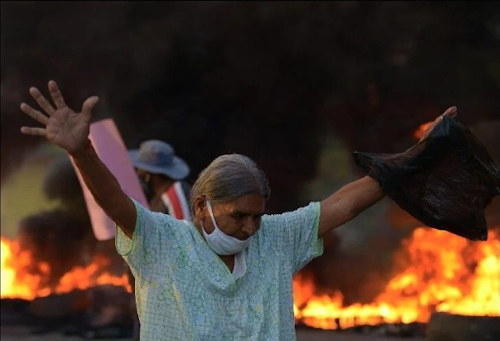
Those who seek power still divide us cruelly. Conmen still sell empty fantasies to their fellow citizens.
What will we do? We must call them out. We should not faint but persist in confronting the manipulators. Our nation needs us to do so.
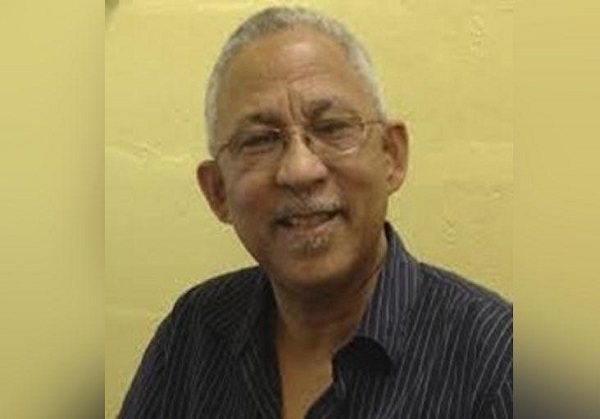
Noble Philip, a retired business executive, is trying to interpret Jesus’ relationships with the poor and rich among us. A Seeker, not a Saint.
 Wired868 Wired868 for smart sport news and opinion
Wired868 Wired868 for smart sport news and opinion
